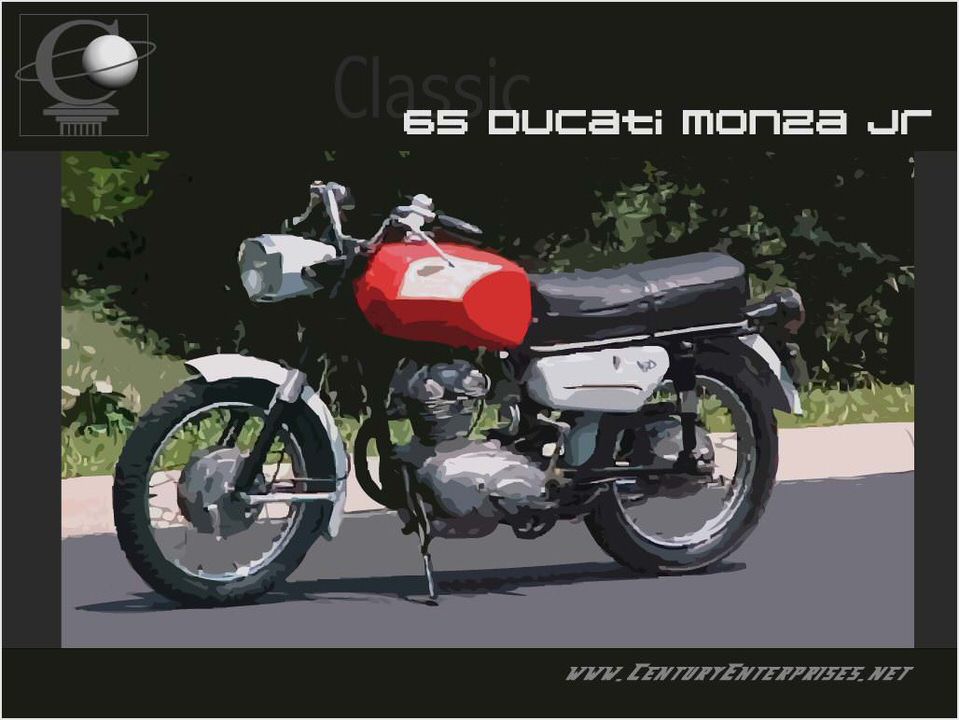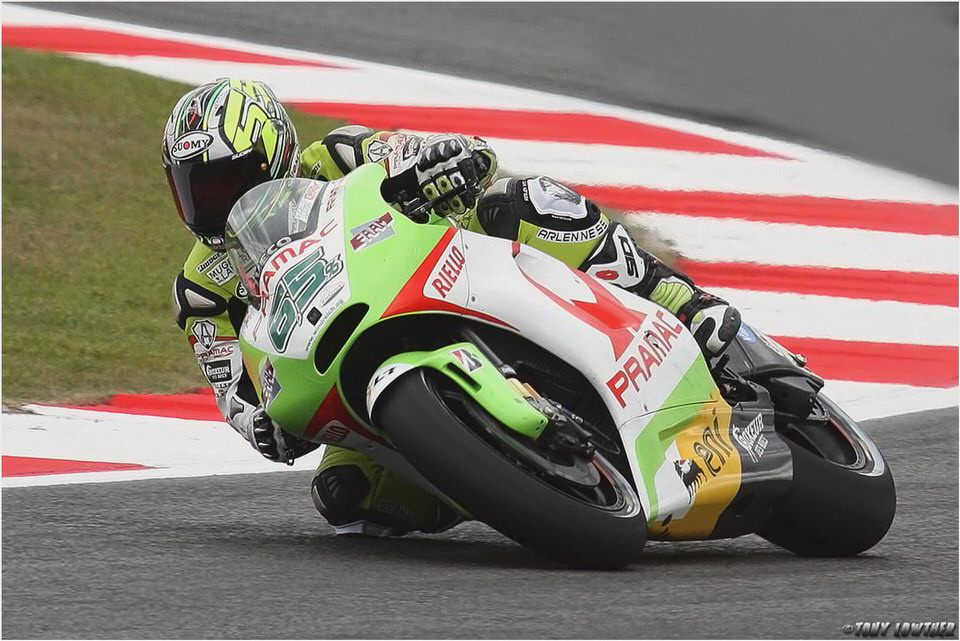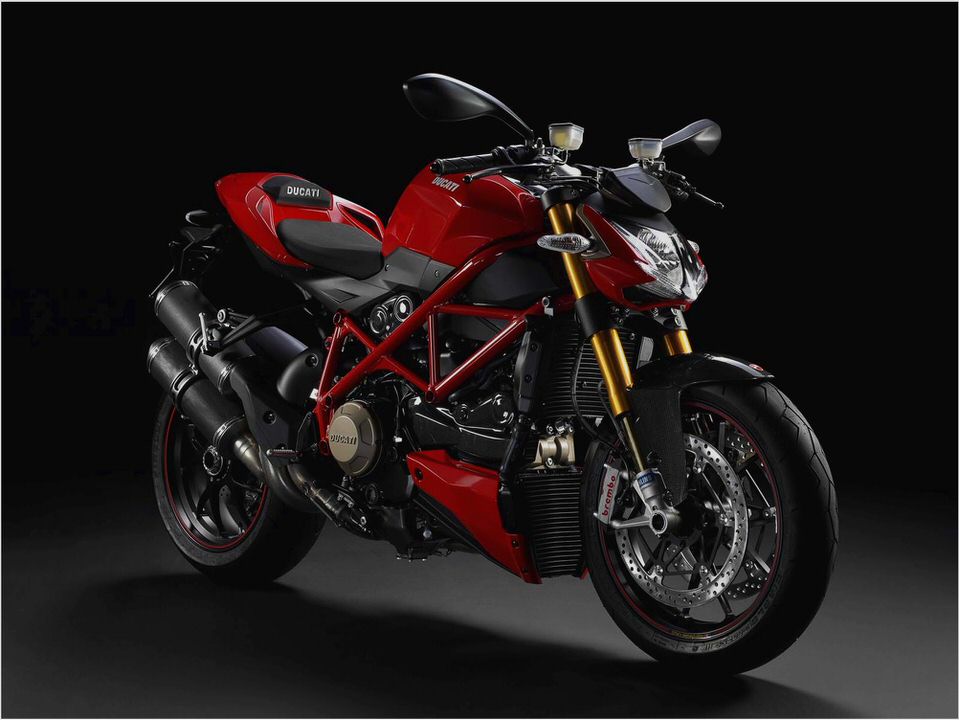BMW S 1000 RR vs. Kawasaki ZX-10R vs. Ducati 1198 – The Empire Strikes Back | 2011 Literbike Comparison Test
SPRP_2011_06_COMP_024.jpg
Last year, the BMW S 1000 RR turned the sportbike world on its ear, handily winning our four-cylinder literbike comparison test (“Europe Invades”, June ‘10) and almost taking Bike of the Year honors (“A Tough Crowd”, Oct. ‘10), losing out only to the upscale Aprilia RSV4 Factory model. It was clear that any new model for 2011 would have to be pretty special to unseat the Bavarian brawler, which combines power, handling and comfort in a tidy package nicely managed by accessory electronics.
Just two new models presented themselves as successors to the literbike throne for 2011: The updated Ducati 1198 and all-new Kawasaki ZX-10R. Rather than attempt a full-scale literbike comparison with every applicable model (now numbering nine; see the “What about the others?” sidebar page 46), we chose to conduct an in-depth test to fully see how the two new models stack up against the current king.
The Ducati 1198 is not radically changed for 2011, but now features more of the company’s electronic aids and is the dark (red) horse in this comparison test. Ducati Data Analysis and Traction Control are now standard equipment, and the bike is also fitted with a quickshifter. MSRP remains unchanged, however. The Kawasaki ZX-10R also boasts traction control as standard equipment for ‘11, along with a host of refinements.
We’ve already extensively covered the Kawasaki in Kento’s first-ride article (“New Generation Ninja”, March ‘11), and we also had a chance to spend some time on an ABS model (see sidebar page 44).
The burning question is, then, can either the Ducati or Kawasaki topple the BMW in a combined street and track evaluation? We spent a day at Buttonwillow Raceway and logged some canyon time to find out; each of our three test riders (staffers Kent Kunitsugu and Bradley Adams, along with hanger-on Eric Nugent) evaluated each bike in 10 categories of performance at each venue, with those scores averaged for a street, track and overall rating.
**TRACK
Ducati 1198: 80.5 points
** Posting the slowest lap time at Buttonwillow, the Ducati also scored lowest in the track portion of the test. It’s not one glaring issue that holds the 1198 back when compared with the BMW and Kawasaki, but rather a number of small issues that combine to make the Ducati less fun and more work to ride quickly on the track. Too-tall Bradley found the seating position on the 1198 had him uncomfortable, stuck in one position and loading up the front wheel too much.
But what really held him back when turning his timed laps was the Ducati’s widely spaced gearbox and the L-twin engine’s lack of overrev, leaving him bouncing off the rev limiter or too low in the powerband exiting many of Buttonwillow’s corners. This situation was not helped by the Ducati’s slightly clunky gearbox, which left Bradley in false neutrals a few times on the track. Kento agreed on the bike’s overrev and ergonomics, pointing out that the wide clip-ons are necessarily so to clear the tank at full lock; El Jefe also noted that the suspension is best suited for “billiard-table-smooth” tracks, with too-stiff spring rates and a rear suspension linkage that feels too progressive. Eric, on the other hand, found the ergonomics and wide bars fit him well, and noted what we discovered in the data files: “The bike is deceptive with the power it makes; you don’t feel like your hauling the mail when in fact you are!”
While not as buttery smooth as the BMW’s quickshifter, the 1198’s unit, new for this year, worked well and definitely helped with lap times. We left the Ducati’s traction control on level two for most of the track day, and whereas the BMW’s and Kawasaki’s systems were much-discussed, the 1198’s drew few comments, being nicely transparent and not overly unsettling the chassis when activating.
Combined with the 1198’s smooth off/on throttle response — again, generating little fanfare — the Ducati was rated highest for engine power delivery. In the fast and (admittedly few) smooth sections at Buttonwillow, the 1198 held its line well and was quite stable; on a fast, smooth European-style track the lap times and ratings would have undoubtedly been much closer.
**Kawasaki ZX-10R: 86.1 points
** Just a tick behind the BMW for fastest-lap honors at the track, the ZX-10R is likewise just shy of the BMW in the ratings department. See the G2X Racepak data sidebar for more details and actual data, but in a nutshell there is very little between the two bikes in objective performance at the track — and each bike achieves that performance in its own individual manner.
While the BMW seems to practically beat the track into submission, the Kawasaki is more refined and subtle in practically every aspect, making its speed on the track very deceptive. Bradley: “The Kawi is probably the most fun to ride, because everything it does is so fluid.
All the corners seemed to be tied together by one smooth flowing motion.” Yes, the BMW makes more horsepower and feels way quicker on the straights, but the data shows the Kawasaki keeping almost the exact pace on every straight. Credit the ZX-10R’s more advanced traction control for this; the system does not upset the chassis at all, and puts just as much horsepower to the ground as the BMW on corner exits. While the BMW’s traction control system slows the bike down and hurts lap times, Bradley posted his best lap time on the Kawasaski with its TC on level two of four.
On the chassis side, the Kawasaki has the softest suspension of our trio and steers into corners slightly slower than the BMW. “I prefer the Kawaski’s feel once heeled over in a corner,” wrote Kento in his notes. “The ZX-10R gives me better feedback without all the excess info like the ultra-stiff S 1000 RR chassis.” It all adds up to making the Kawasaki quite deceptively quick, and all our riders were surprised to see their lap times when coming off the track. “The Kawi was a fun bike to ride, and even though the lap times from the Kawi and the BMW were fairly close, you wouldn’t know by riding them,” noted Eric. “The Kawi felt like you were going at a good clip, but the BMW felt like you were setting the world on fire. It was pretty surprising.” Finally, it’s worth noting that the ZX-10R is the only bike in the test without a quickshifter, an addition that would easily erase the lap-time deficit and still leave money in your pocket compared with the BMW.
**BMW S 1000 RR: 87.4 points
** Scoring top marks in six of 10 categories and the quickest lap time in the test, the BMW is best summed up in Eric’s comment sheets: “The BMW is such a great all-around package; it is faster than most will ever need, handles great, its stopping power is amazing and the ergos are decent for a larger rider. The bike has a great feel that inspires confidence when riding.” The outstanding feature is, of course, its 177-horsepower engine, which is more than 15 horsepower stronger than the Kawasaki.
Our test unit felt stronger than last year’s, but was within one horsepower and one foot-pound of torque on the dyno; part of the difference may be due to a different crankshaft used since midway through the ‘10 model year, which was homologated for World Superbike use. Still, with that much power comes more difficulty putting it to the ground, and the BMW’s traction control system is a step inferior to the Kawasaki’s more refined setup, unsettling the chassis in corners and only slightly smoothing the bike’s abrupt off/on throttle response.
Bradley went successively quicker — but visibly having more difficulty — with each step less traction control, as less traction control made the throttle response more abrupt and the bike more prone to sudden wheelies. He eventually went fastest in Slick mode (the least intervention), but did not even want to ride the bike with the system turned off — and we don’t blame him.
“The Beemer could literally do no wrong on the track,” wrote Kento of the S 1000 RR’s chassis. “Light, agile handling, precise steering and good stability, both under acceleration and on the brakes.” The BMW has the quickest steering of our trio and suspension midway on the stiffness scale between the Kawasaki and Ducati — although Kento and Bradley felt the Kawasaki’s chassis offered a bit more feedback when leaned over. The S model did score lowest in the braking department (as well as in the engine power delivery category, it’s only other low score).
Whereas the Kawasaki’s binders rated the highest on the track, with outstanding power, feel and feedback, the BMW’s faded over the course of the day and were weak and mushy by the end of the test. Our test unit was equipped with ABS, which may have something to do with the fading due to its extra hardware and plumbing, even though we rode most of the day with the ABS deactivated.
**STREET
Ducati 1198: 80.3 points
** The 1198 lags behind the four-cylinder bikes on the street, mainly because of its racy ergos and ultra-stiff suspension. “If the Ducati’s suspension was better sorted, it would be a much harder decision against the fours, even with its ultra-aggressive ergos,” wrote Kent on his evaluation sheet. “The engine’s abundance of torque gives it qualities in many sport riding situations the other two can’t match.” While the 1198’s engine was a strong point on the street, our testers still noted the transmission was a bit balky and the quickshifter not quite as sorted as the BMW’s. The Ducati’s long reach to the clip-ons is not a problem for taller riders, although most will find the sharp angle of the seat the limiting factor on a long ride.
Of the three bikes tested here, the Ducati is decidedly the most racetrack-oriented and sacrifices the most streetability. “The mirrors are almost useless for street riding,” said Eric. “The bars pinch your hands against the frame, the tach and instrument panel are super hard to read during the day, and the suspension was pretty brutal on the street. The bike is clearly a race bike that just so happens to be street legal.” Just as on the track portion of the test, if we were riding on smooth and flowing roads the story would be somewhat different. But the reality is that the BMW and Kawasaki don’t sacrifice near as much comfort and usability for their performance; and the Ducati rider must deal with more frustration for the relatively fewer opportunities that the bike can be rewarding to ride on the street.
**Kawasaki ZX-10R: 84.0 points




- 2012 Kawasaki Versys 1000 – The Z1000 Adventure-Sport
- Total Licensing Summer 2007
- Ducati SportClassic GT1000 InsureMyRide
- 2015 Ducati Diavel – First Look Review Rider Magazine
- 2012 Ducati 1199 Panigale S – First Ride

